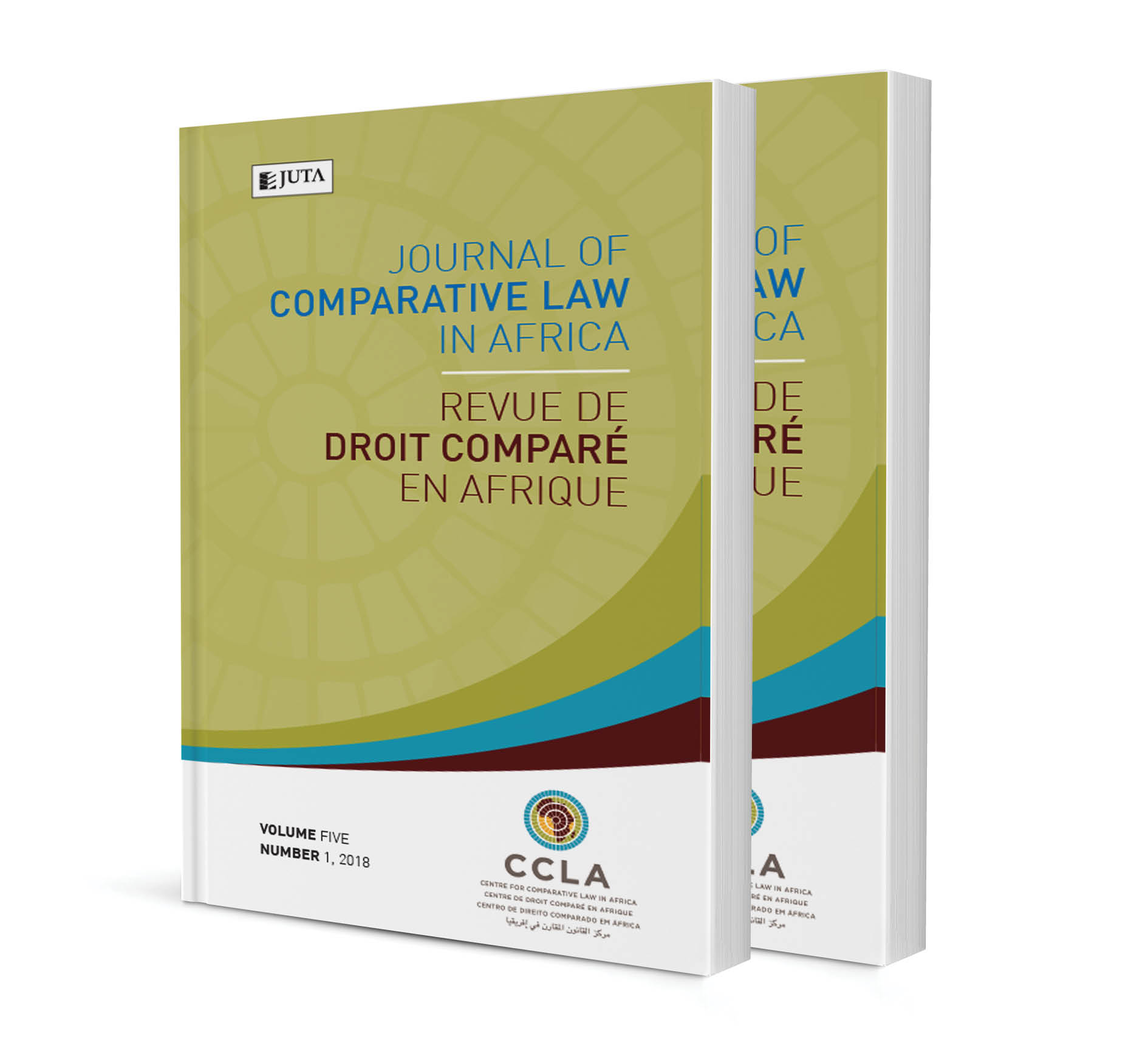
The Risk of Confusion in Trademark Infringement in South Africa and Kenya: Lessons from Singapore?
Authors: Yeukai Mupangavanhu and Kawake Sipelo Vuke
ISSN: 2521-2605
Affiliations: LLB (UFH) LLM LLD (UWC), Associate Professor, Department of Private Law, Faculty of Law, University of the Western Cape, Cape Town; LLB, LLM, University of the Western Cape
Source: Journal of Comparative Law in Africa, Volume 10 Issue 2, p. 174 – 203
https://doi.org/10.47348/JCLA/v10/i2a6
Abstract
The risk of confusion in trademarks is exponentially high in light of international trade. Where identical or similar marks are used in the course of trade by different companies, this may result in consumers being confused with regard to the origin of the goods. Consumer confusion may result in the proprietor of the trademark suffering financial loss if customers start buying competitors’ goods or services. Most legal systems including those of South Africa and Kenya consequently have laws that contain provisions that seek to protect proprietors from the use of identical or similar trademarks in a manner that is likely to create deception or confusion among members of the public. The article discusses the approach to the likelihood of confusion inquiry in trademark infringement under the South African Trademarks Act 194 of 1993 and Kenya’s Trademarks Act 4 of 2002. Singapore’s step-by- step approach is examined as a best practice when assessing the likelihood of confusion in confusion-based infringement. It is argued that instead of South Africa and Kenya applying the global assessment approach, which seems to confuse and collapse the elements, a step-by-step approach should be preferred. The need to eliminate confusion when applying the elements of confusion-based infringement cannot be overemphasised in order to ensure predictability and consistency in Kenya and South Africa’s case law.